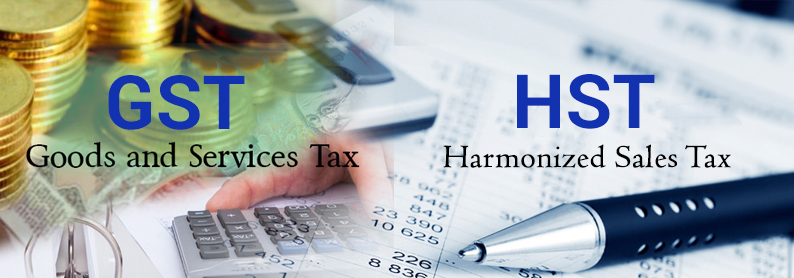
A GST/HST Return is an annual requirement for businesses that have revenue from taxable supplies in excess of $30,000 and pay Goods and Services Tax (GST) or Harmonized Sales Tax (HST) in Canada. Using their Business Numbers (or GST/HST numbers), businesses collect, report, and remit taxes to the Canada Revenue Agency (CRA). If you’ve registered for a GST/HST number, you’ll have been assigned a Business Number. The return can be filed electronically through various methods, including GST/HST NETFILE, My Business Account, Represent a Client, Electronic Data Interchange (EDI), GST/HST TELEFILE, and GST/HST Internet File Transfer. Its noteworthy to mention that even if your revenue from taxable supplies drops below the $30,000 threshold, once you are registered, you are still required to collect and remit the GST/HST on your taxable supplies of property and services.
The business must file a GST/HST Return regardless of whether it had transactions or not. Businesses with no transactions file a NIL Return . The due date for filing the GST/HST returns depends on your reporting period. Here are the deadlines:
There are two methods of filing being the Regular and the Quick methods. For the purposes of this blog, we will focus only on the Regular method. When filing your GST/HST return using the regular method, you’ll need to report on the following lines (source: Canada.ca):
Let’s look at an example: Roger is preparing his GST/HST return using the regular method. he had total sales of $50,000 excluding HST and he had total ITCs of $4,500. He paid no installments during the period. what's his HST payable or refund?
* (Assuming 13% HST rate in Ontario)
Once the Canada Revenue Agency (CRA) receives and processes your GST/HST return, they will send you a notice of assessment. Generally, the CRA processes GST/HST returns within two weeks for electronic filings and four weeks for paper returns. You will receive this notice if either the CRA owes you a refund or rebate or your amount owing is more than the payment you made. If there is an amount owing, the CRA will provide Form RC159, Remittance Voucher – Amount Owing – personalized.
Business owners, corporations and charities are required to maintain records and supporting documents including all sales and purchase invoices, all other records related to the business operations and the GST/HST details for six years from the end of the last tax year. In some situations, they may need to retain records indefinitely, especially for long-term acquisitions, disposals, or historical information relevant to business sale, liquidation, or wind-up. In some instances, the CRA may require the entity to maintain records longer than six years. If the entity plans to destroy the records earlier, a request must be submitted to the CRA and wait for the written approval.
For further information please contact Taxtron Support at 416-491-0333 or visit www.taxtron.ca
Posted on May 13, 2024


